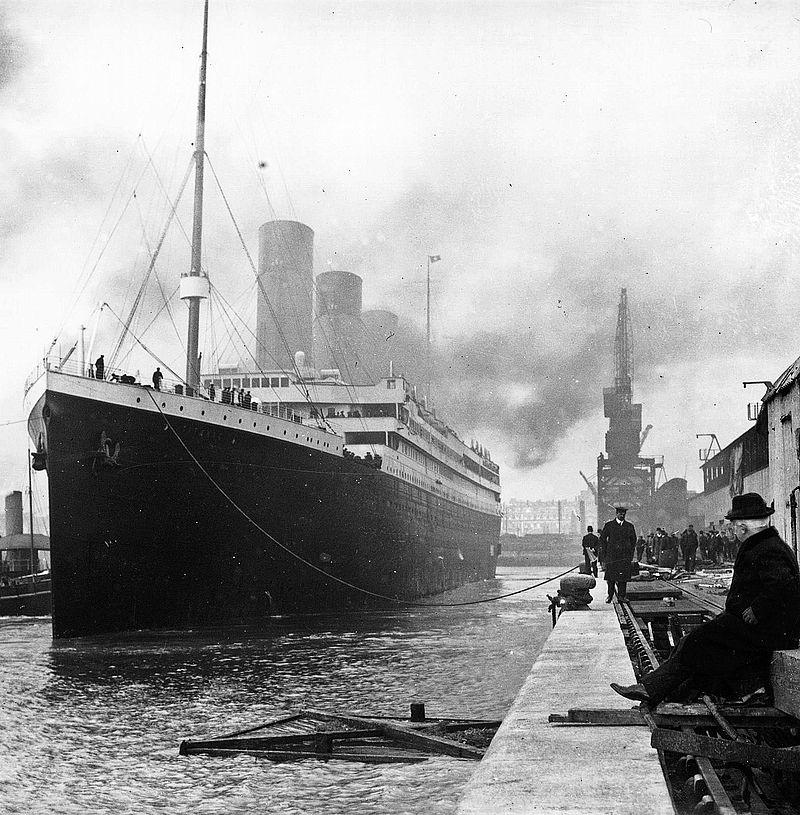Last night, Robert Ballard, one of the world’s best deep-sea explorers, spoke at Bryant Conference Center. His lecture, sponsored by National Geographic, Canon, the University and the Blount Initiative, covered the highlights of his career and his goals as a deep-sea explorer.
Ballard first spoke of his influences, citing Jules Vernes’s classic Twenty Thousand Leagues Under the Sea as the impetus for his interest in oceanography and submarines. Ballard initially told his parents he wanted to be like Captain Nemo, the protagonist of Twenty Thousand Leagues Under the Sea when he grew up. “Fortunately,” he said, “my parents didn’t laugh at my dream. You should never laugh at a child’s dream, no matter how silly it may be.”
Ballard began his career as an earth scientist. “I was lucky to be a graduate student during the revolution plate tectonics when the new theory came out that the Earth is actually … active. And the focus on research in the early seventies was a giant mountain range (under water) we had been mapping… showing that running around the Earth was a giant mountain range. If you put (the earth) on an equal area projection, you’d see that this mountain ridge covers 23 percent of the Earth’s total surface area. … We didn’t go to the largest feature on earth until after the (moon landing). As we sit here today, we have a better map of Mars than Earth.”
The lecture focused discoveries Ballard made in his own career. Thus far, Ballard has made numerous discoveries relevant to both scientific and humanities-based fields. His most famous discovery to date, that of the RMS Titanic, was actually the result of a government-mandated coverup. According to Ballard, the U.S. Navy asked him to seek out the remains of the Thresher and the Scorpion, two nuclear submarines lost during the Cold War. Ballard said, “The case of the Scorpion is filled with nuclear weapons and (the Navy doesn’t) like them lying around. So (I) needed to track these things down … and see what the weapon was doing. … (the Navy said) but you need a cover. And I said, ‘Have I got the perfect cover for you.’ ” With that, Ballard received funding for both the Titanic venture and the submarine venture, both of which were successful.
Ballard has since discovered numerous other ships, including the Bismarck, a German war ship from World War II, the Lusitania, and multiple ships that predate the birth of Christ.
Currently, Ballard’s research focuses on tracking the migration of humans through the ages. Ballard is committed to representing the entirety of the U.S. population in his work, saying, “I mandated that 55 percent of my core would be women in positions of leadership and authority. … I also said I wanted every face in America. … I want to make that every child in this country sees their face in my core and knows there’s no ceiling to their dream. … That’s my goal.”









